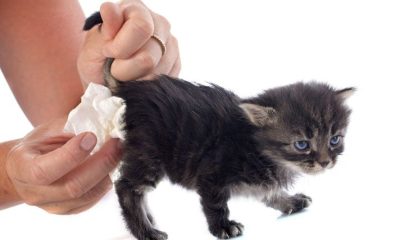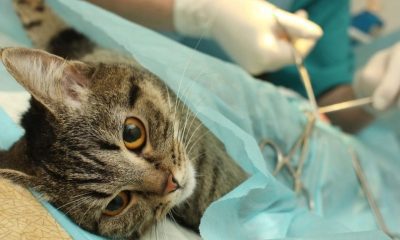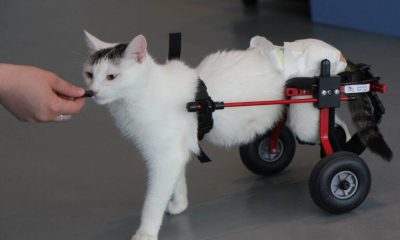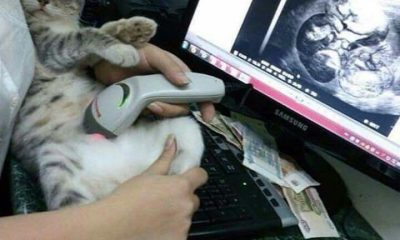Cats
How To Manage Your Cat’s Urination
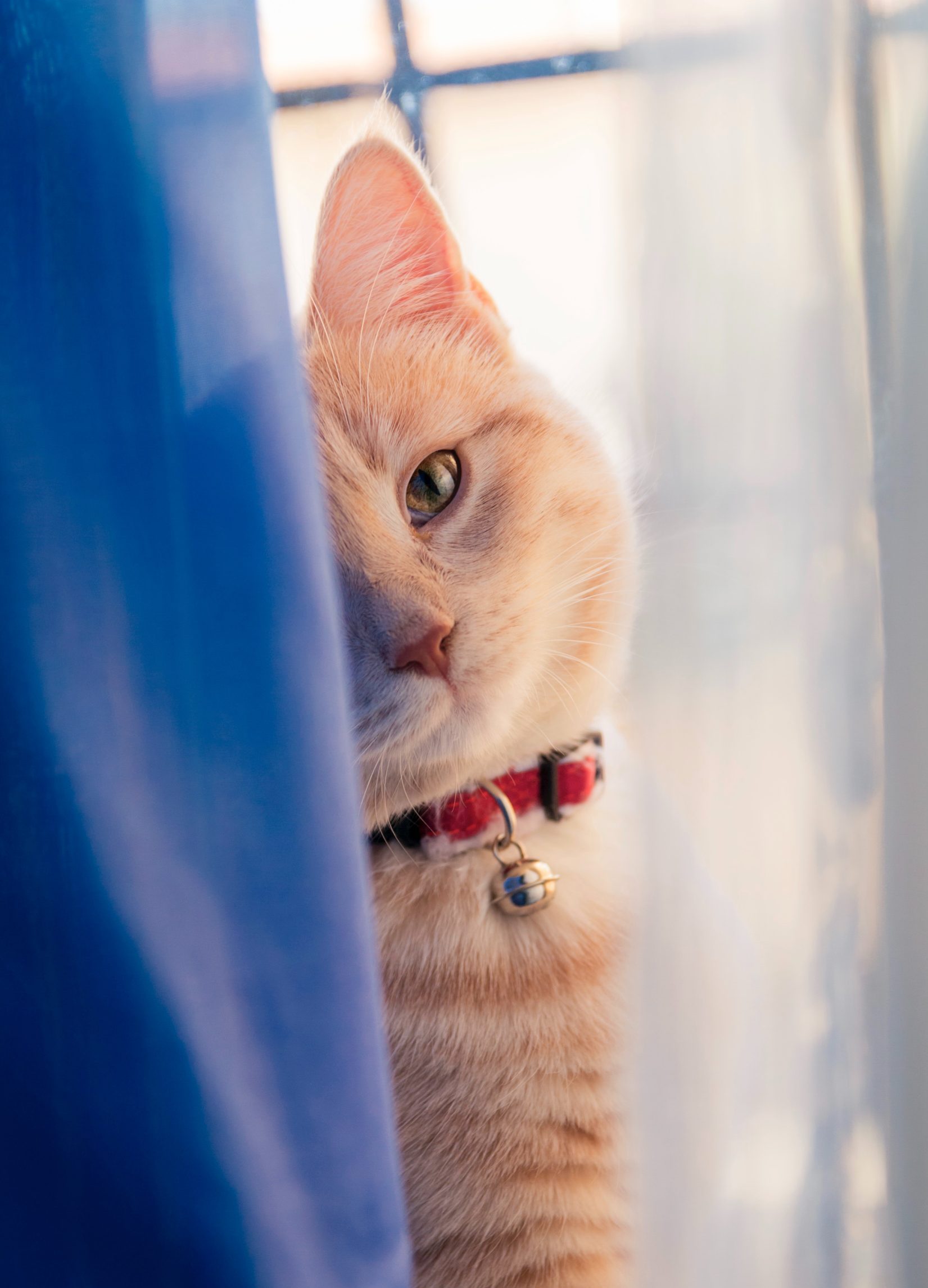
Having a pet cat can be an incredibly rewarding experience, but it also comes with some challenges. One of the most common issues faced by cat owners is managing their pet’s urination habits. This can be a tricky issue to tackle, but there are steps you can take to make sure your cat is using its litter box properly. In this blog post, we’ll provide some tips on how to manage your cat’s urination so you and your pet can live in harmony.
The Litter Box
The first step to managing your cat’s urination is to set up a litter box that meets theiitsds. Litter boxes should be large enough to allow your cat to comfortably move around and stand in, with an entry and exit point that allows them to easily enter and exit without having to jump or climb over any barriers. When selecting the litter material, try to choose something unscented, as cats can be sensitive to strong smells. You may also want to look for a litter box that has a hood or cover to provide your cat with extra privacy and help contain odors. It’s important to remember to regularly clean and scoop the litter box to avoid odor buildup and keep it inviting for your cat. Additionally, it’s best to have more than one litter box to give your cat options and ensure that they always have access to a clean one.
Training Your Cat
Training your cat to use the litter box is one of the most important steps in managing its urination. Achieving success with this can take some patience and practice, but with a few simple tips and tricks, you can help your pet get used to the process quickly.
The first step is making sure you have the right size litter box for your cat. It should be big enough for them to move around comfortably and feel secure. You should also make sure that the litter is the correct depth; too shallow and the cat won’t use it, while too deep can be uncomfortable or overwhelming.
Next, you should create an environment conducive to using the litter box. Make sure it’s not in a dark corner or an area with a lot of activity. Place the litter box away from loud noises, such as televisions and radios, and away from food sources.
When introducing your cat to the litter box, start by placing it in a room that is familiar and comfortable for them. Put the litter box on top of a towel to give them gra ip when they’re stepping in and out. Make sure there’s no litter scattered on the floor, which could create a negative association with the litter box. You can also sprinkle some catnip on top of the litter to attract them to it.
You should also try to stick to a regular schedule for cleaning and refreshing the litter. Cats prefer a clean litter box, and regularly changing the contents will help them stay comfortable and confident about using it. Finally, try not to move the litter box too often; cats may be disoriented if it’s constantly changing locations. With consistent effort and patience, your cat should become accustomed to using the litter box in no time!
Avoiding Negative Reinforcement
Negative reinforcement can lead to cats avoiding the litter box or becoming fearful of the owner. If your cat is urinating outside the litter box, it is important to make sure you are not punishing them for it. Punishment can often backfire and lead to further accidents or even aggression.
One way to avoid negative reinforcement is to use a technique called “redirection.” This is where you provide an alternate behavior or activity when your cat is displaying undesirable behaviors such as urinating outside of the litter box. You can redirect them to a scratching post, interactive toy, or a treat.
Another way to avoid negative reinforcement is to use positive reinforcement. Positive reinforcement is a method of training where you reward your cat for exhibiting desirable behaviors such as using the litter box. Use treats or praises to reward them for doing what you want. This will help your cat develop a positive association with the litter box.
Finally, it is important to be patient with your cat. Training takes time and consistency, so be prepared to be patient and consistent with your cat in ordtoe a successful outcome.
Special Cases
Sometimes cats can exhibit behavior that is out of the ordinary and needs special attention. Cats who are sick or elderly may not be able to make it to their litter box on time, or they may forget where it is. If your cat is having frequent accidents outside the box, take them to the vet to rule out any health issues.
Another special case is if your cat begins urinating in areas that have been previously forbidden. Cats have strong territorial instincts, and sometimes these instincts will override their litter box training. To help get your cat back on track, try to make these areas less attractive to your cat. This can be done by spraying them with a scent deterrent or covering them with foil or plastic sheeting.
If your cat continues to urinate in inappropriate places despite your best efforts, then you may need to consider seeking professional help from a veterinarian or animal behaviorist. They will be able to assess the situation and advise on how to deal with it.
Read Also :
How to Train Cats to Use Litter Boxes and How to Acclimate Them to Outdoor Spaces
Why Do Cats Spray and How Can You Stop Them? Insights into Urine Spraying in Male Cats
Cats
Tips for Taking Care of a Pregnant Cat
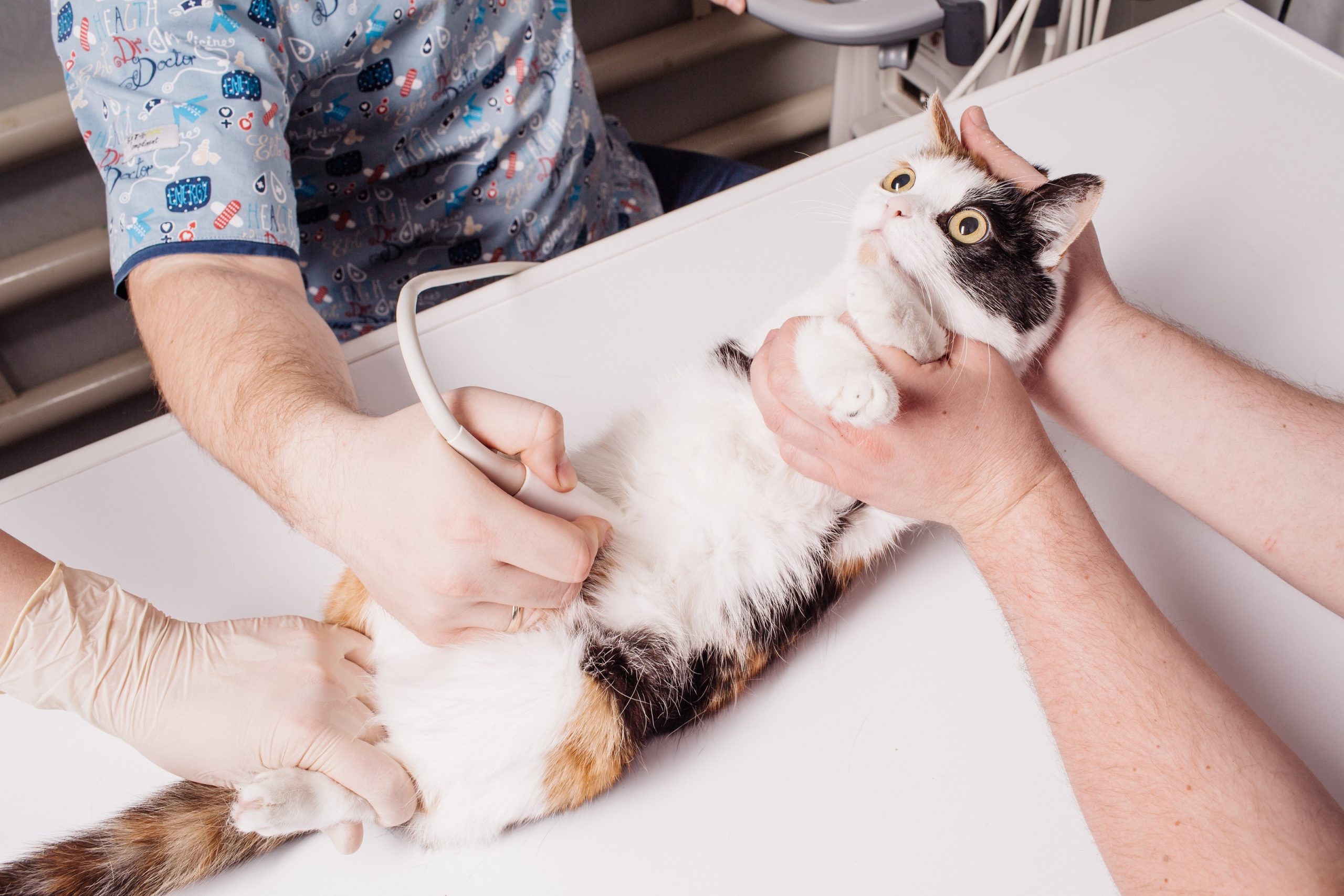
Having a pregnant cat can be a wonderful, but sometimes overwhelming experience. With the proper guidance and care, however, you can help make sure that your pregnant cat has a safe and healthy pregnancy. Taking care of a pregnant cat is relatively simple and involves making sure she has a comfortable home, nutritious food, and regular veterinary check-ups. In this blog post, we will cover the basics of feline family planning and provide some helpful tips for taking care of a pregnant cat.
Cats
Signs of Cat Pregnancy Week by Week
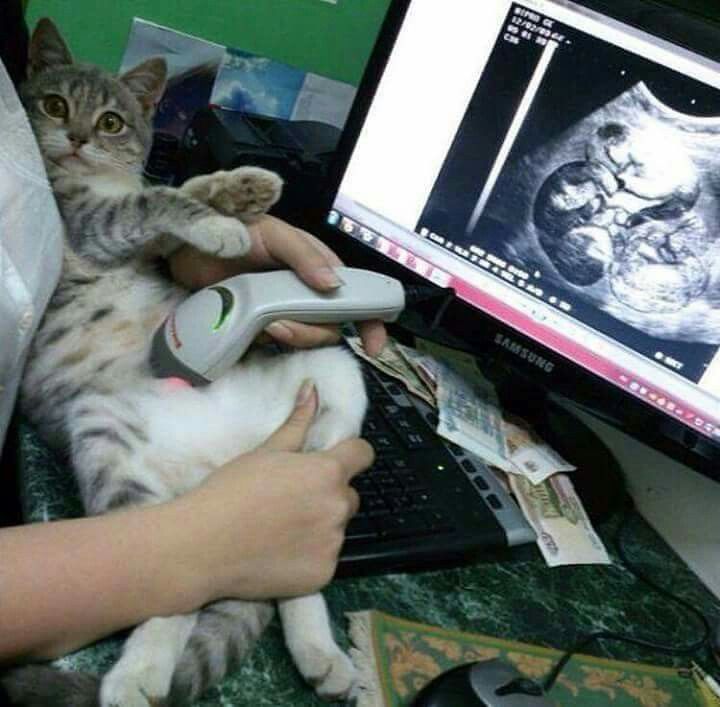
If you’re a cat owner, you may have noticed signs of your cat’s pregnancy and are wondering what to expect. Knowing the signs of cat pregnancy by week can help you better understand and monitor the changes your cat is going through during her pregnancy. In this blog post, we’ll discuss the various signs of cat pregnancy and what to expect from week to week.
Cats
Why Kittens are Born Dead or Deformed
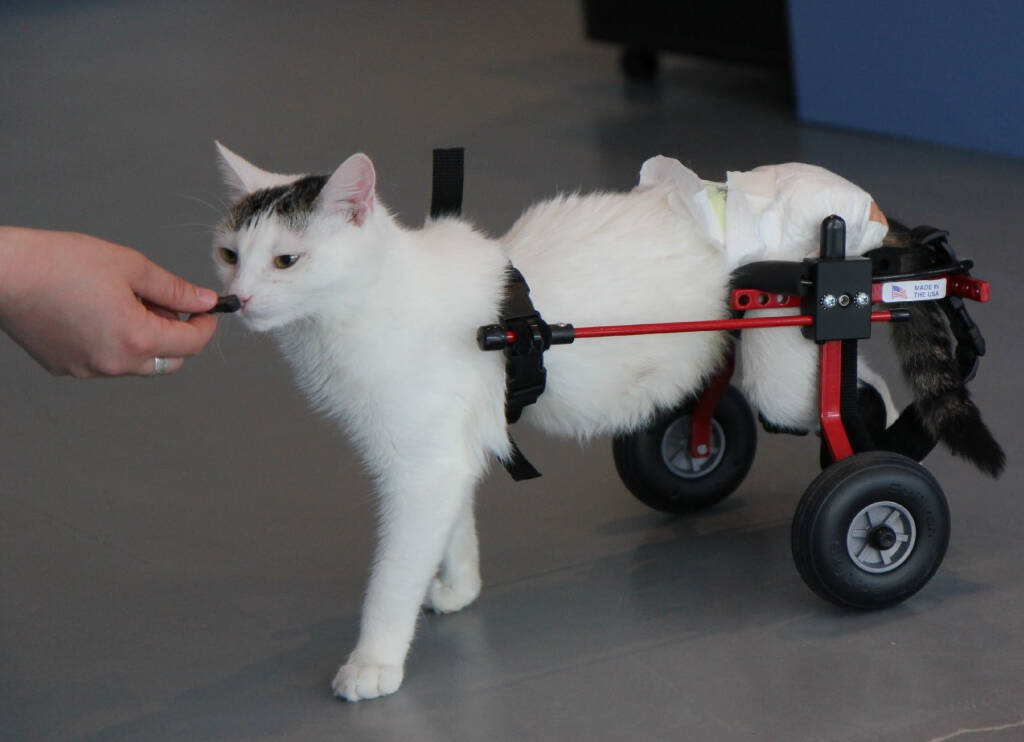
No one expects to find dead or deformed kittens in a litter, but sadly this does happen from time to time. In this blog post, we will discuss the reasons for the birth of dead and deformed kittens, as well as what can be done to prevent this from occurring. We will also discuss how to properly care for these kittens if they are born alive. By understanding the causes and effects of dead and deformed kittens, we can better support our furry friends in need.
Trending

 Cats1 year ago
Cats1 year agoDon’t Feed Your Cat These 8 Foods!

 Cats11 months ago
Cats11 months agoWhy Do Cats Spray and How Can You Stop Them? Insights into Urine Spraying in Male Cats

 Cats10 months ago
Cats10 months agoThe Ins and Outs of Cat Sterilization: Removing the Female’s Ovaries

 Cats10 months ago
Cats10 months agoPre-Vaccination Prep: Getting Your Cat Ready

 Cats9 months ago
Cats9 months agoWhy Kittens are Born Dead or Deformed

 Dogs2 years ago
Dogs2 years agoSo You’re Thinking About Getting a Poodle

 Dogs10 months ago
Dogs10 months agoWhat to Do With Your Dog’s Body After Death: A Guide for Pet Owners

 Cats9 months ago
Cats9 months agoSigns of Cat Pregnancy Week by Week




